When it comes to growing healthy and thriving plants, selecting the right pot is just as important as choosing the right plant. While many gardeners focus on water, light, and soil quality, the container in which your plants grow plays a significant role in their overall health. One crucial factor that often goes overlooked is air flow. Proper air circulation in a plant’s root zone can prevent issues like root rot and promote healthy growth. In this post, we’ll explore how to choose the best pots for optimal air flow, ensuring your plants remain strong and vibrant.
The Importance of Air Flow for Your Plants
Roots need air to breathe, just like the rest of the plant. Adequate air flow allows roots to take in oxygen, which is essential for healthy growth. Without proper air circulation, the soil can become compacted, leading to poor root health and inadequate nutrient uptake. This can result in stunted growth, yellowing leaves, or even the dreaded root rot.
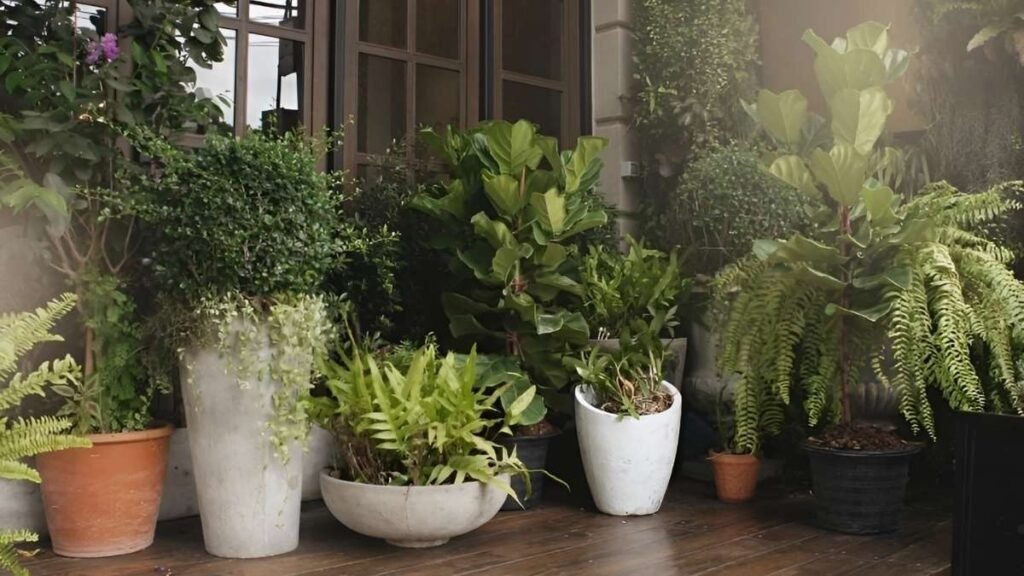
Root rot occurs when roots sit in waterlogged soil with poor drainage, depriving them of oxygen. Without enough air in the soil, the roots suffocate, and harmful bacteria can develop, leading to the plant’s decline. By ensuring your pot allows for proper air flow, you help avoid these issues and create a more favorable environment for your plant to thrive.
Material Matters: Choosing the Right Pot Material for Air Flow
The material of the pot is one of the most significant factors in determining how well air flows to your plant’s roots. Different materials offer varying levels of breathability, so understanding their properties can help you choose the best option for your plant.
Terra Cotta Pots
Terra cotta pots are a classic choice for many plant enthusiasts, and they’re highly regarded for their breathability. Made from porous clay, these pots allow air to circulate through the walls of the container, which helps to keep the roots oxygenated. The porous nature of terra cotta also allows excess moisture to evaporate, preventing water from sitting in the pot for too long.
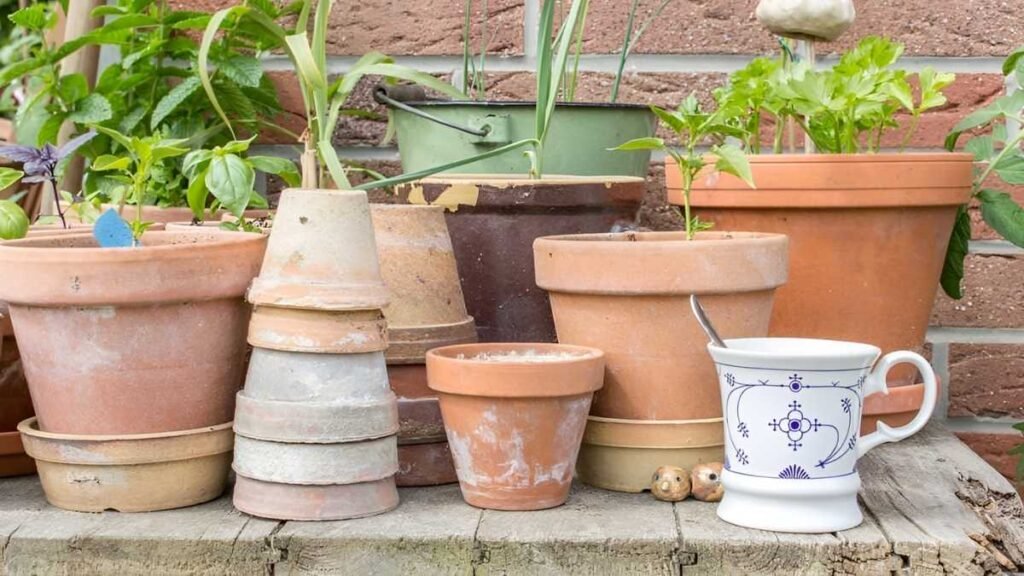
However, terra cotta pots do have some downsides. Because they’re porous, they tend to dry out faster than other materials. This can be both an advantage and a disadvantage, depending on the needs of your plant. For plants that require well-draining soil and a drier environment, terra cotta pots can be an excellent choice. On the flip side, if you have plants that need more consistent moisture, you may need to water them more frequently in terra cotta containers.
Plastic Pots
Plastic pots are lightweight, inexpensive, and available in various shapes and sizes. While they’re not as breathable as terra cotta, many plastic pots are designed with drainage holes at the bottom and sometimes even along the sides to allow for air flow. The main drawback of plastic is that it doesn’t allow moisture to evaporate as easily as terra cotta. As a result, the soil may stay moist for longer periods, which can lead to root rot if drainage isn’t adequate.
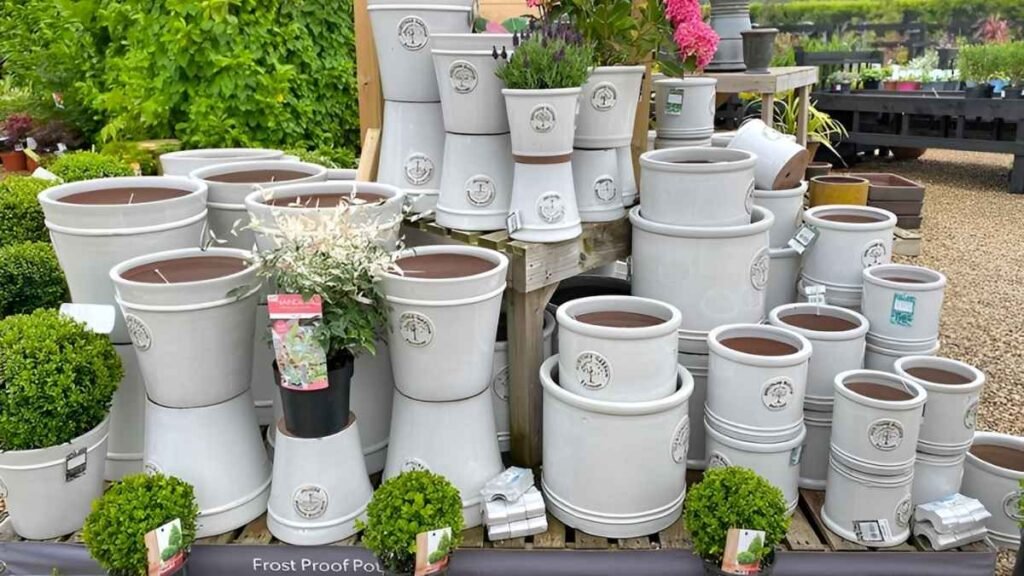
Despite this, plastic pots are often a good choice for plants that require more consistent moisture and do not need as much air flow. However, to improve air circulation, you can opt for plastic pots with slotted or mesh sides, which increase airflow to the roots without compromising moisture retention.
Ceramic Pots
Ceramic pots are similar to terra cotta in terms of appearance, but they are usually glazed on the inside, which makes them less porous. This means they won’t allow air to circulate through the sides as terra cotta does. However, many ceramic pots still come with drainage holes that promote better airflow at the bottom.
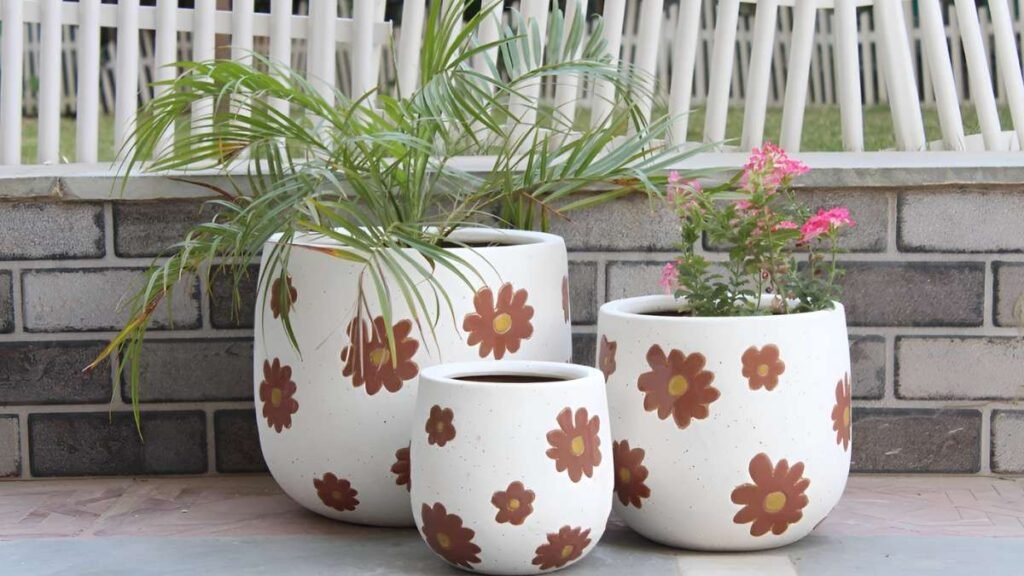
Ceramic pots can be a great option for plants that thrive in slightly more humid conditions, as the glaze helps retain moisture longer. While they offer less breathability than unglazed terra cotta, their aesthetic appeal and sturdiness make them a popular choice for decorative purposes. If you choose a ceramic pot, make sure it has drainage holes and consider adding a layer of pebbles at the bottom to help with drainage and airflow.
Pot Size and Shape: How to Pick the Right Size for Air Circulation
Choosing the right pot size is just as important as selecting the right material. If the pot is too small, the roots won’t have enough space to grow and take in oxygen, leading to root crowding. On the other hand, if the pot is too large, the soil may retain too much moisture, leading to poor air circulation and an increased risk of root rot.
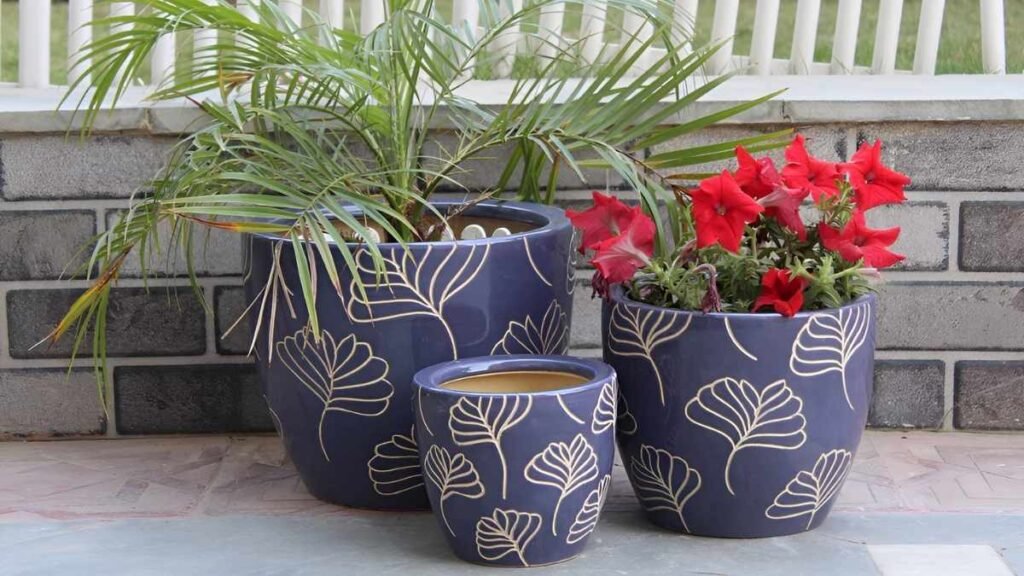
A pot that is only slightly larger than the root ball of your plant is generally the best choice. It allows enough room for growth while maintaining proper air flow around the roots. When selecting a pot, make sure it’s not more than 1-2 inches wider in diameter than the root ball. This helps to avoid excess moisture build-up in the soil.
The shape of the pot also matters. Tall, narrow pots can restrict air flow to the roots and often don’t provide the best conditions for healthy growth. On the other hand, shallow and wide pots allow more air to circulate around the roots, making them ideal for plants with shallow root systems like succulents and some houseplants.
Drainage: The Key to Air Flow at the Bottom
No matter what material or size of pot you choose, drainage is crucial for ensuring optimal air flow. Without proper drainage, excess water will accumulate in the soil, leading to compacted, oxygen-deprived roots. Drainage holes at the bottom of the pot are essential for allowing water to escape and ensuring that the soil doesn’t stay too wet.
In addition to drainage holes, some pots are designed with a built-in mesh liner or slotted sides that further enhance air flow. These pots provide additional circulation around the sides of the container, improving the overall health of your plant’s root system. Make sure to choose pots with adequate drainage holes, and never use a pot that lacks drainage unless you’re willing to take extra precautions, like adding a layer of rocks or pebbles at the bottom to improve drainage.
Aeration Solutions for Pots with Limited Air Flow
If you have a pot that doesn’t offer much natural air flow, there are several ways you can improve aeration for your plant. Consider using an air root pouch, which is a fabric pot designed to promote better air circulation around the roots. These pots are made of breathable fabric that allows both air and water to flow freely, helping to prevent root rot and promote healthier plant growth.
Another option is to use a pot with a wider surface area. Shallow, wide pots allow more surface area for air to circulate, promoting healthy root growth. Additionally, you can create a well-draining soil mix that provides better aeration, adding materials like perlite or sand to the soil to improve its texture and allow for more air flow.
Conclusion
Choosing the right pot for optimal air flow is a simple yet effective way to ensure your plants stay healthy and vibrant. Whether you opt for a porous terra cotta pot, a plastic pot with mesh sides, or a ceramic container with proper drainage, the key is to ensure that air can circulate freely around the roots. By considering factors like material, pot size, drainage, and aeration, you can create the ideal growing environment for your plants, helping them thrive for years to come. With the right pot and a little attention to detail, you’ll be on your way to creating a lush, flourishing plant collection that will impress and inspire.

